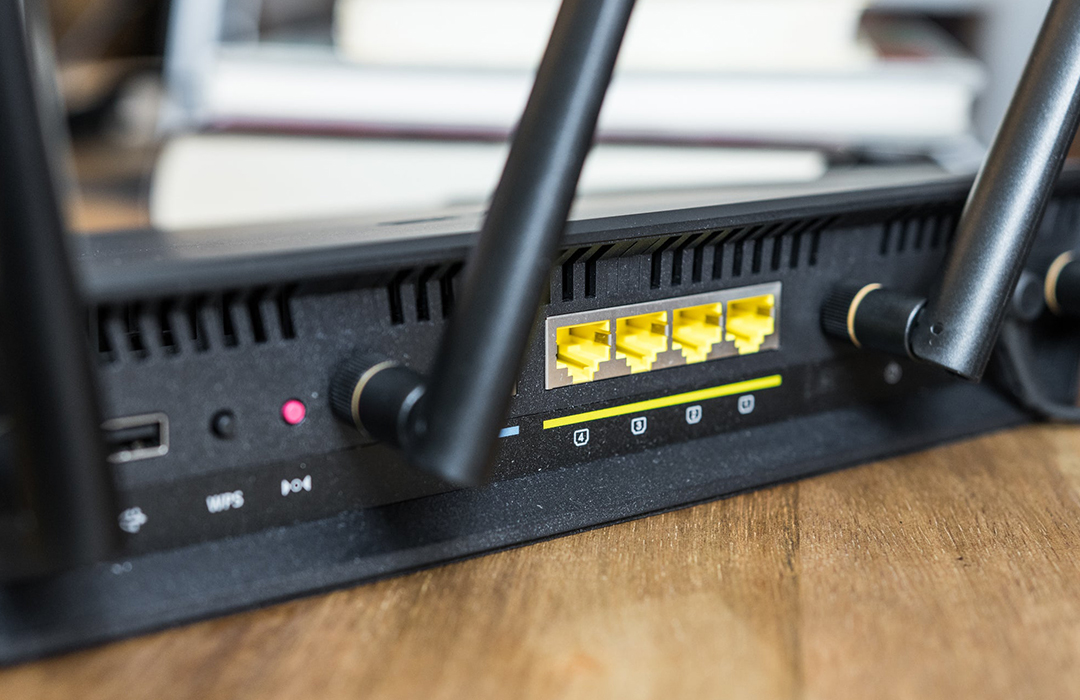
Network SolutionWritten By: Suman Kumar Paul
Dynamic Routing is a network routing process that allows routers to pick and select routing channels. It analyzes the logical changes in the topology in real-time.This technique is the extreme opposite of standard static networking architecture. It is a method of automatic routing that demands relatively less maintenance and monitoring.
Working Process of Dynamic Routing
• The router sends and receives routing messages via the router interface.
• Dynamic routing communicates with other routers’ data that utilize a similar protocol.
• Routers exchange routing statistics to acquire data about distant networks.
• Whenever a router detects an alteration in the architecture, the routing protocol broadcasts that alteration to all other routers.
Dynamic routing is stated to be simpler to set up on big networks. It is much more logical than fixed routing in terms of selecting the optimum path, detecting route modifications, and discovering distant networks.
Routers with dynamic routing continuously exchange data that consumes higher bandwidth. In dynamic routing, the router’s CPU and RAM play an important role in executing the routing protocol. But dynamic routing is somehow less secure than static routing.
Advantages of Dynamic Routing
Here are the top advantages of dynamic routing mentioned below:
• Dynamic Routing is more automated in the sense that routing is dynamically distributed to all other routers.
• It also incorporates a change in signaling in the sense that the dynamic routing protocol does have the capacity to redirect traffic around an overloaded route.
• Dynamic routing delivers superior uptime benefits to its users as dynamic routing is intelligent. It offers a higher response rate, faster data transfer, and superior uptime.
• It incorporates greater throughput with the ability to deliver responsive networking. It serves users with less latency and a more productive workplace network.
• It reduces the network administrator workload as there is no specific network configuration is required. Dynamic routing requires zero configuration of routing in case of network expansion.
Top Dynamic Routing Protocols
1. Open Shortest Path First (OSPF)
It is a well-known dynamic routing protocol that is widely utilized. OSPF is also an open protocol, which means that it may be used by any router or server operating system. It chooses the optimized route based on cost as its measure. It is often considered a full-featured routing system, and it can be complex; however, it can be implemented to any network size.
2. Enhanced Interior Gateway Routing Protocol (EIGRP)
Cisco regards it as a proprietary protocol. For your understanding, EIGRP is only used by Cisco equipment. It, like OSPF, is a full-featured protocol.
It includes some fantastic capabilities, however, unless you are confident that you will be using a Cisco network or else open protocol (OSPF) is recommended.
3. Routing Information Protocol (RIP)
RIP is characterized as an open-source protocol. It is the simplest and most effective routing protocol to implement, but it also offers lesser functionalities than OSPF. The above protocol functions effectively for a small network that does not intend to expand much. Another major advantage is that it is mostly supported by the simplest firewalls and routers.
Final Words
We, therefore, conclude that routing protocols are simply a set of rules that routers employ to route traffic with other routers. The primary advantage of employing routing protocols is to adapt different network topologies. In case if you are facing issues with low network performance feel free to reach us.
We at VTPL offer the best and latest routing technologies to suit your data transmission needs without compromising integrity.
TAGS - information security management services
See Also - What Does a Server Actually Do in Your IT Infrastructure?